Gaussian Splatting vs. Photogrammetry
 Lukas
Zmejevskis
Lukas
Zmejevskis
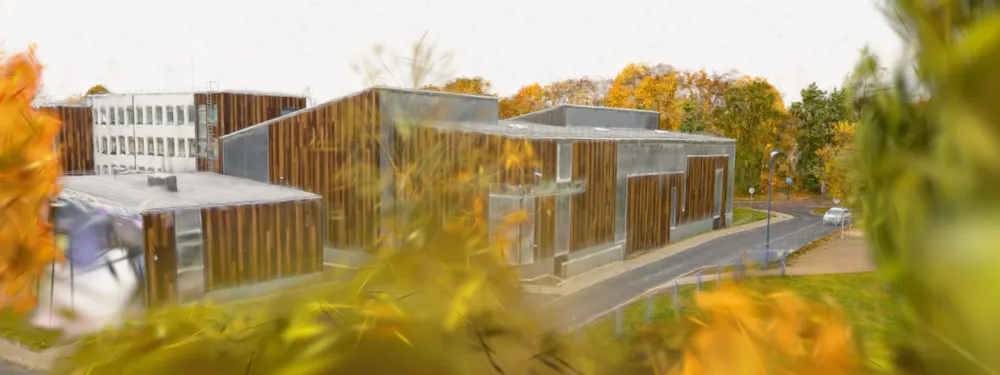
Every few years, something new shows up online claiming to “revolutionize” 3D reconstruction. A while back it was NeRFs. Now it is Gaussian splatting — with endless YouTube clips of people walking through photorealistic 3D scenes that seem to render instantly.
It looks impressive, and the hype is high. However, if you already work with photogrammetry or scanning, you may be wondering: what exactly is this? Is it geometry? Can I measure it? Or is it just a visual rendering technique? Let me break it down without the math, just in plain language — what Gaussian splatting really is, how it works, and where it makes sense.
What Gaussian Splatting Actually Is
At its core, Gaussian splatting is a method of representing a 3D scene using “blobs” of color and transparency, rather than a solid mesh or a traditional point cloud. (Wikipedia refers to these as “primitives”; I would like to call them types of vectors.) Each blob or splat is a small 3D Gaussian (a fuzzy sphere of color). Together, millions of these splats approximate how the scene looks from any direction, thus enabling you to navigate it in 3D.
We can think of it like painting space with semi-transparent colored dots that overlap and blend smoothly. When the system learns where to put those dots and how to color them, the scene appears 3D, continuous, and surprisingly realistic — even though it is not made of real geometry.
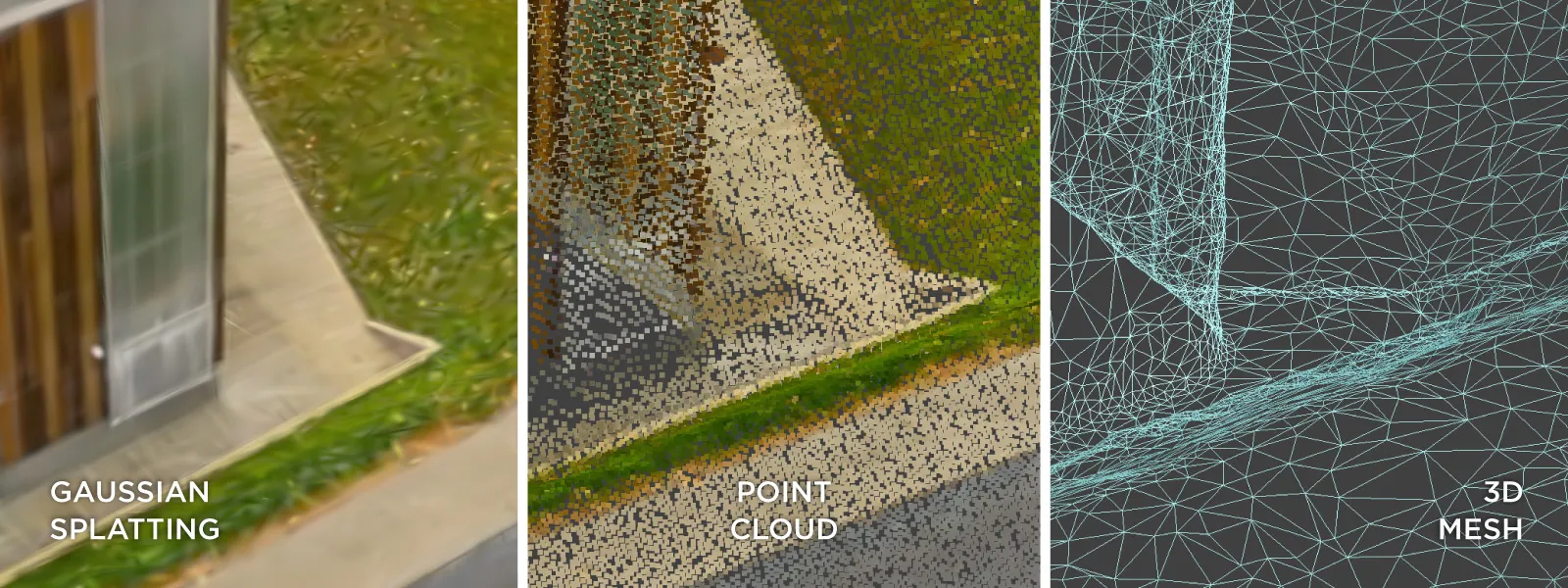 This approach is derived from Neural Radiance Fields (NeRFs), which also learn how light and color behave from different viewpoints. The key difference is that Gaussian splatting skips the slow “neural rendering” part. Instead, it turns that learned radiance field into discrete points that can be rendered extremely fast on a GPU. That’s why it looks so fluid in demos: it is optimized for display speed and visual fidelity, not for measurements.
This approach is derived from Neural Radiance Fields (NeRFs), which also learn how light and color behave from different viewpoints. The key difference is that Gaussian splatting skips the slow “neural rendering” part. Instead, it turns that learned radiance field into discrete points that can be rendered extremely fast on a GPU. That’s why it looks so fluid in demos: it is optimized for display speed and visual fidelity, not for measurements.
Why It Looks Good
The look of splatting comes from how it handles light and color transitions. Instead of hard surfaces, it blends color and transparency smoothly across thousands of overlapping splats. This makes edges soft, lighting natural, and surfaces appear continuous, even when the data is incomplete.
 It also avoids a big limitation of photogrammetry: texture seams and missing geometry. If an area has poor overlap or reflective surfaces, photogrammetry might fail to reconstruct it. Gaussian splatting simply “blends through” the gaps, which is visually forgiving even if it is inaccurate. This is why splatting demos often look so cinematic.
It also avoids a big limitation of photogrammetry: texture seams and missing geometry. If an area has poor overlap or reflective surfaces, photogrammetry might fail to reconstruct it. Gaussian splatting simply “blends through” the gaps, which is visually forgiving even if it is inaccurate. This is why splatting demos often look so cinematic.
Gaussian Splatting Is Not Replacing Photogrammetry
You cannot export a Gaussian splat scene as a 3D mesh file and measure distances. There is no reliable scale, no watertight mesh, and no consistent surface. Even if you somehow aligned it with GPS data, the reconstruction itself is based on appearance fitting, not triangulation.
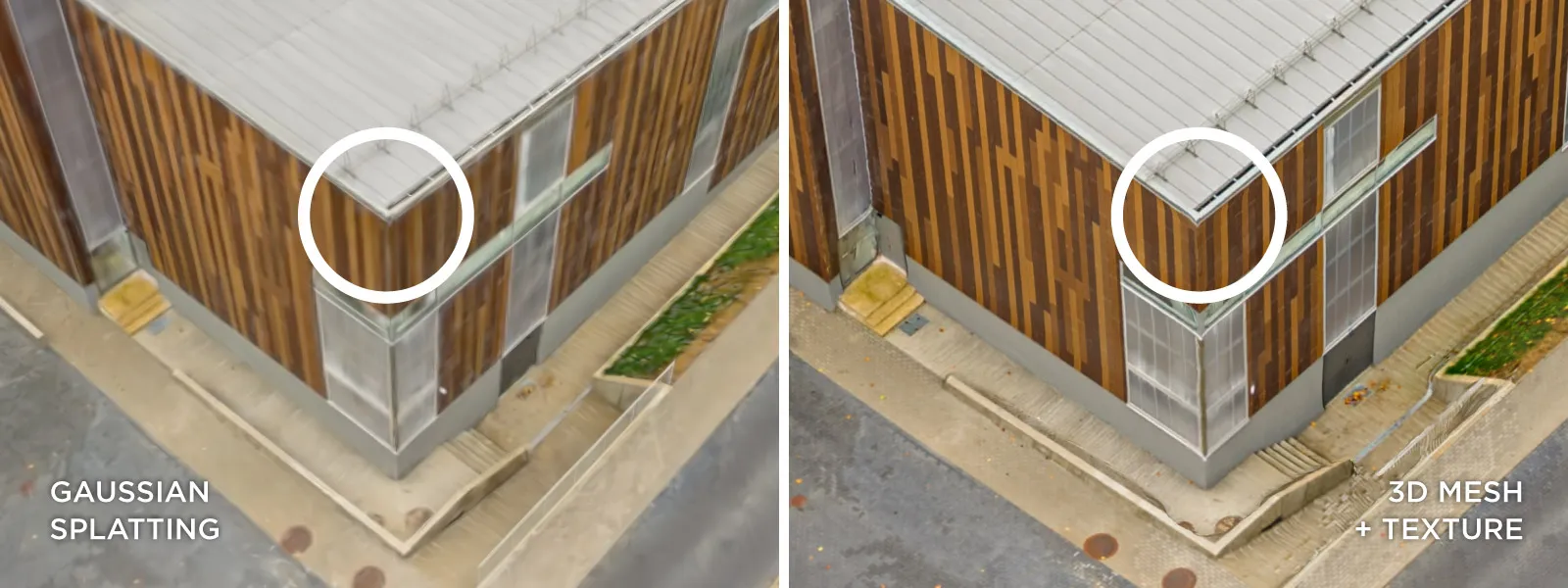 That means accuracy is uncontrolled. If you move the camera 10 cm in real life, that does not necessarily translate to 10 cm in the splat world. There is no referencing by default.
That means accuracy is uncontrolled. If you move the camera 10 cm in real life, that does not necessarily translate to 10 cm in the splat world. There is no referencing by default.
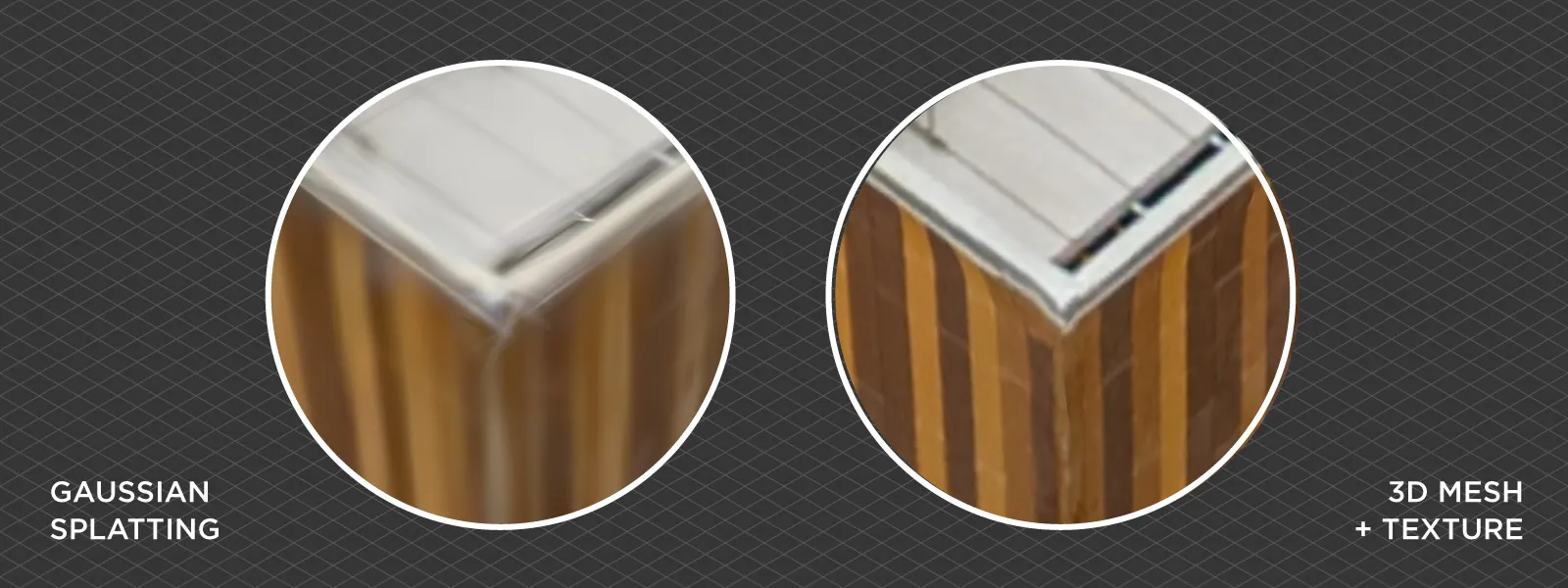 This matters a great deal for practical work, such as architecture, mapping, inspection, or any task where measurements and consistency across sessions are crucial. In those cases, photogrammetry still reigns supreme because it is mathematically constrained by geometry.
This matters a great deal for practical work, such as architecture, mapping, inspection, or any task where measurements and consistency across sessions are crucial. In those cases, photogrammetry still reigns supreme because it is mathematically constrained by geometry.
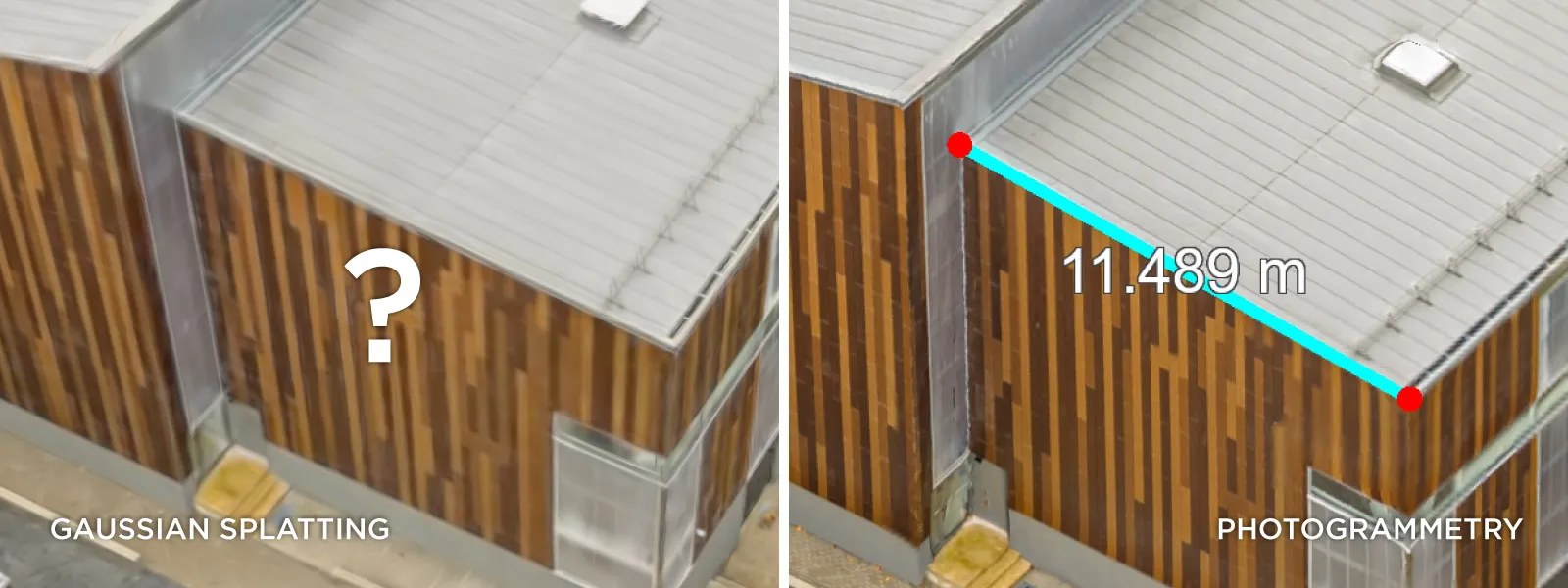 Where It Actually Shines
Where It Actually Shines
Gaussian splatting is optimized for different goals:
-
Virtual environments and games: instant, realistic environments for VR/AR, background sets, and walkthroughs.
-
Cultural heritage visualization: quick immersive displays where accuracy is less important than presence.
-
Preview tools: imagine capturing a site and instantly walking through it visually, before running a full photogrammetry process.
These are areas where the feel of the scene matters more than millimeter precision.
In fact, I can envision future tools utilizing splatting as a real-time preview layer, providing a live, smooth visualization immediately after capture, while photogrammetry runs in the background to produce the final, accurate model.
Our Example
Data for reconstructing splats is fundamentally the same - overlapping photos or video frames. I used our roof scan example to compare how a photogrammetric 3D reconstruction compares to a Gaussian splatting one.
This Gaussian splat example was created using Polycam's service, the most accessible web service available at the moment. For more tech-savvy users, the Gaussian splatting code is available free of charge and is open source. You can run it locally to try things for yourself.
This example is from Pixpro photogrammetry software, a standard 3D reconstruction process with all the necessary steps. You can see the camera positions and different layers as usual.
The differences are quite clear; the aesthetic of the Gaussian splatting environment is unique and interesting, in my opinion. While the photogrammetric 3D model is what we are quite used to.
Conclusion
Gaussian splatting is an interesting piece of technology - fast,interesting, and full of potential. It is a rendering technique that prioritizes realism and visuals over precision.
Photogrammetry remains the standard for accurate, measurable 3D reconstruction, while splatting opens the door to smoother, more interactive visualization. The most exciting future is likely a blend of both: the reliability of geometry with the fluidity of AI-driven rendering. We will see where this takes us and take a second look in due time.

Photographer - Drone Pilot - Photogrammetrist. Years of experience in gathering data for photogrammetry projects, client support and consultations, software testing, and working with development and marketing teams. Feel free to contact me via Pixpro Discord or email (l.zmejevskis@pix-pro.com) if you have any questions about our blog.
Related Blog Posts
Our Related Posts
All of our tools and technologies are designed, modified and updated keeping your needs in mind
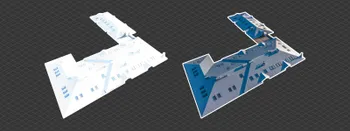
Photo Dynamic Range - Real Life Tests and Advice
Dynamic range is an inescapable term when talking about digital photo or video capture. Our human vision has an incredible ability to adapt, allowing us to perceive both very dark and very bright scenes. When a digital imaging sensor or even a chemical negative captures a scene frozen in time, it is
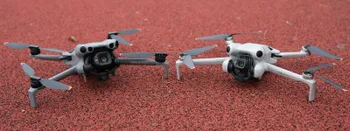
DJI Mini 4 Pro vs. DJI Mini 5 Pro – Worthy Upgrade?
When a new generation of a product is released, we compare it to the previous one to determine if it is a worthy upgrade and what the overall trajectory of the series looks like. DJI's Mini series of drones is the go-to product in its category – an undisputed first choice on the entire market.
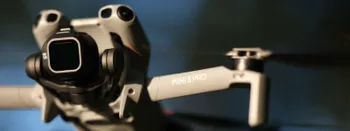
DJI Mini 5 Pro Review – 250* Grams of Flying Tech
DJI Mini drones are by far the most successful product line DJI has ever made. The DJI Mini 5 Pro is the fifth generation, packing all of the latest tech while still (barely) maintaining the 250-gram weight limit, which keeps it in the less regulated C0 class. This means the drone is easily accessib
Ready to get started with your project?
You can choose from our three different plans or ask for a custom solution where you can process as many photos as you like!
Free 14-day trial. Cancel any time.
.svg@webp)